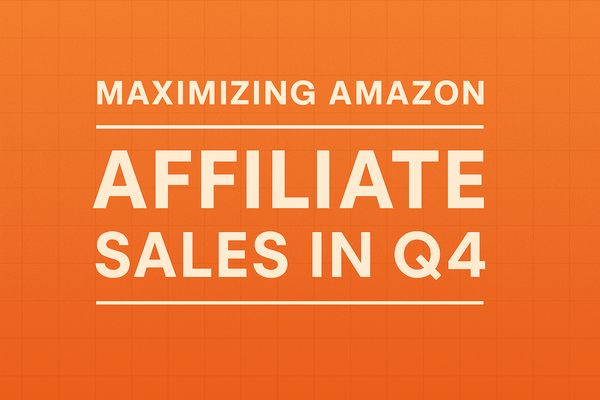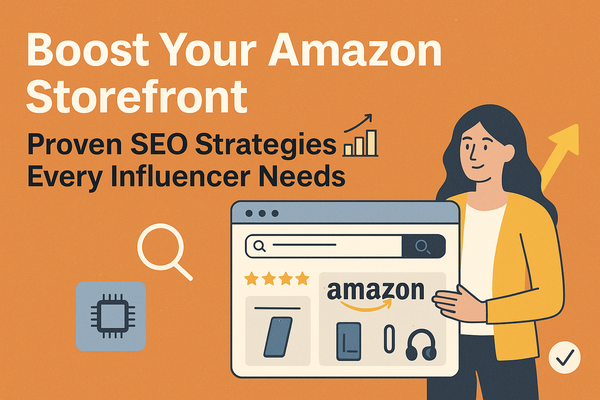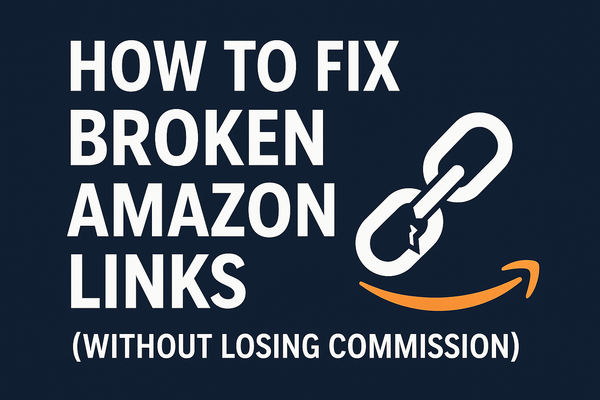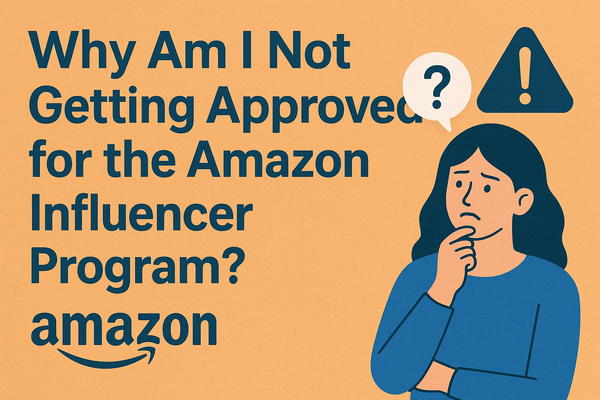Affiliate Marketing: How It Works, Why It Matters, and How to Get It Right
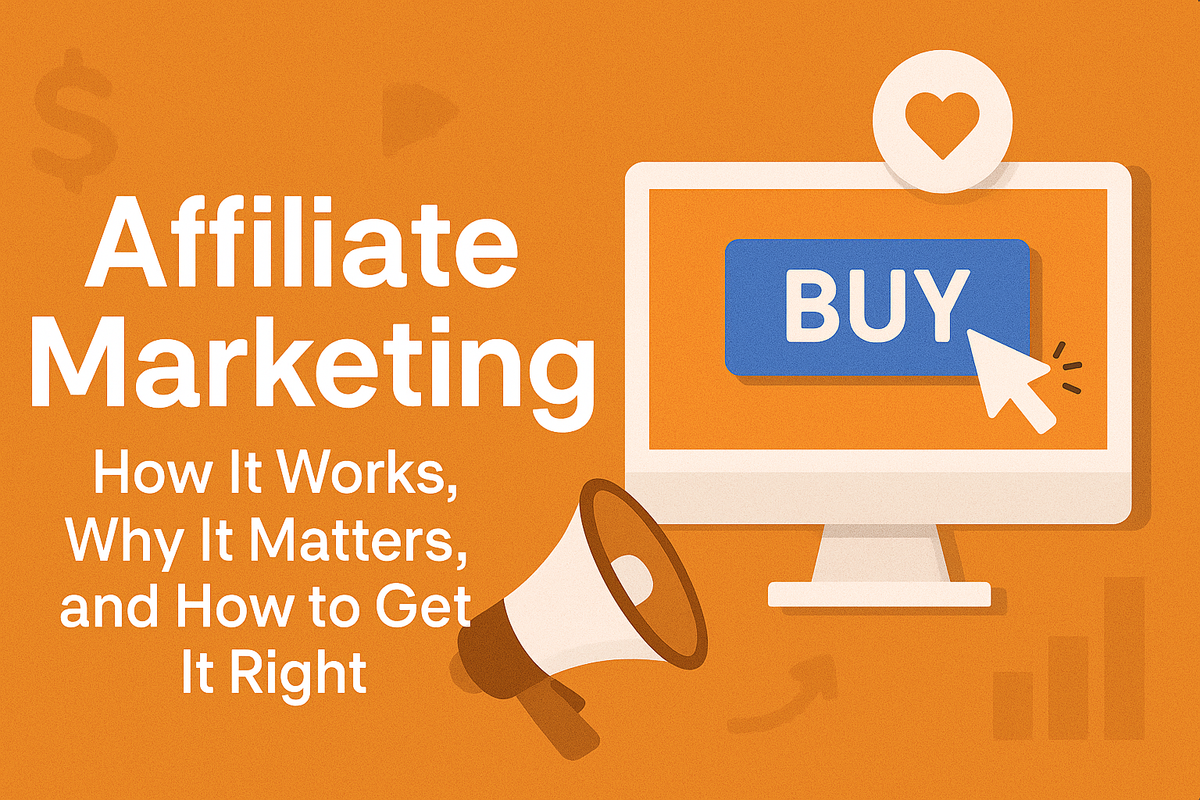
In a world overflowing with digital noise, brands constantly seek new ways to build trust and drive conversions. One channel quietly powering billions in online sales is affiliate marketing — a model that rewards collaboration over interruption.
Whether you’re a brand looking to scale your reach or a creator hoping to monetize your influence, affiliate marketing remains one of the most cost-effective ways to grow in 2025. Let’s explore what it is, how it works, and how you can use it strategically.
What Is Affiliate Marketing?
Affiliate marketing is a performance-based partnership between a brand and a publisher (or “affiliate”) where the affiliate earns a commission for driving traffic, leads, or sales through their content.
It’s a win-win setup:
- The brand gains exposure and customers without paying upfront for ads.
- The affiliate earns passive income for every successful conversion they generate.
From blog reviews and YouTube tutorials to influencer recommendations and newsletters, affiliate marketing seamlessly blends content and commerce — turning genuine recommendations into measurable revenue.
How Affiliate Marketing Works
Affiliate marketing involves three main players:
- The Brand (Merchant): The company that sells a product or service.
- The Affiliate (Publisher/Influencer): The individual or organization promoting it.
- The Customer: The person who makes the purchase.
Here’s how the process flows:
- The brand provides affiliates with unique tracking links for their products or services.
- Affiliates include these links in their content — blog posts, videos, emails, or social media.
- When someone clicks the link and completes a desired action (like buying a product), the affiliate earns a commission.
Commissions can be based on different outcomes:
- Pay-per-sale: The affiliate earns a percentage of the sale.
- Pay-per-click: The affiliate is paid for driving traffic.
- Pay-per-lead: The affiliate earns for generating sign-ups, trials, or inquiries.
This model ensures that brands only pay for real, measurable results — making it one of the most ROI-efficient marketing channels today.
Why Affiliate Marketing Matters in 2025
Affiliate marketing has evolved far beyond coupon codes and blog links. It now fuels the creator economy, powers brand-creator partnerships, and aligns perfectly with consumer behavior in the digital age.
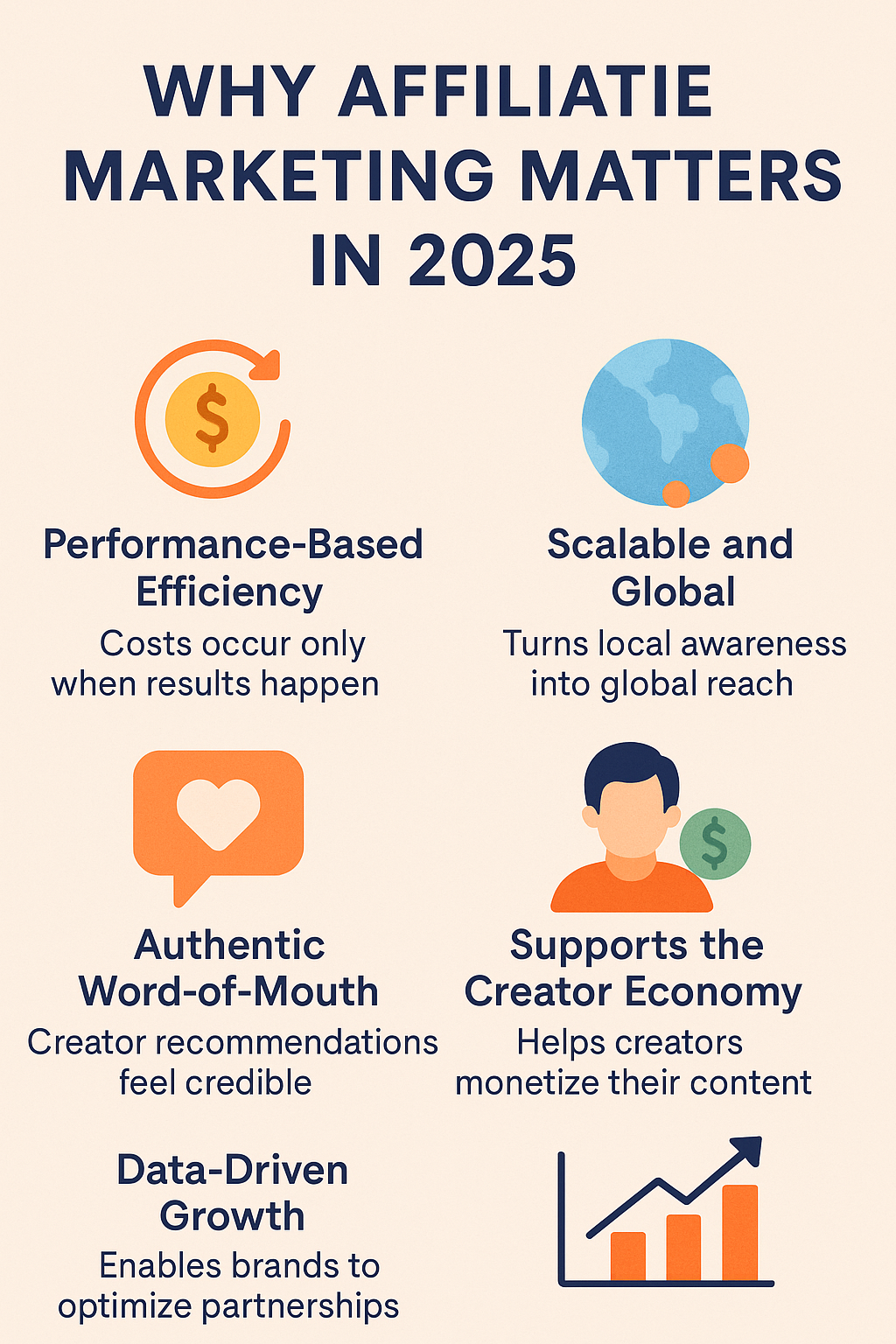
Here’s why it’s so powerful:
1. Performance-Based Efficiency
Unlike traditional ads where brands pay for impressions, affiliate marketing only costs money when results happen. That makes it extremely efficient for businesses of all sizes.
2. Authentic Word-of-Mouth
Today’s audiences crave authenticity. Recommendations from trusted creators or reviewers feel more credible than banner ads — and affiliate marketing taps directly into that trust.
3. Scalable and Global
Once set up, an affiliate program can scale infinitely. Affiliates across geographies and niches can promote your brand, turning local awareness into global reach.
4. Supports the Creator Economy
Affiliate partnerships empower creators to monetize their expertise without needing to make or ship their own products. It’s one of the simplest ways to turn content creation into consistent income.
5. Data-Driven Growth
Modern affiliate tools give brands real-time visibility into performance metrics — allowing them to optimize partnerships, reward top performers, and refine messaging based on audience response.
Types of Affiliate Marketing Partnerships
Affiliate marketing isn’t one-size-fits-all. Here are the most common formats:
1. Content Affiliates
Bloggers, YouTubers, or podcasters who publish product reviews, tutorials, or recommendations.
Example: A tech reviewer linking to their favorite gadgets on Amazon.
2. Coupon & Cashback Sites
Websites that offer discounts or cash incentives for purchasing through their links. These often perform well during peak shopping seasons like Black Friday.
3. Email & Newsletter Affiliates
Creators who include affiliate links in curated newsletters or dedicated deal roundups.
4. Social Media Influencers
Instagram, TikTok, and YouTube creators who integrate affiliate links into short-form videos, reels, or stories — often leveraging storytelling and lifestyle content.
5. Niche Community Sites
Forums or micro-communities that focus on a specific interest (e.g., fitness gear, pet products, or finance tools), driving high-intent traffic through specialized recommendations.
How to Build an Effective Affiliate Marketing Strategy
If you’re looking to start or strengthen your affiliate program, follow these key steps:
1. Define Clear Goals
Decide whether your primary goal is sales, leads, or awareness. Your objective determines the commission model and the type of affiliates you should recruit.
2. Identify the Right Partners
Look for affiliates who share your target audience’s interests and values. Quality matters more than quantity — a few aligned creators often outperform hundreds of random sign-ups.
3. Offer Competitive Incentives
Attractive commissions motivate affiliates to prioritize your products. Consider performance tiers or exclusive bonuses for top performers.
4. Provide Marketing Resources
Make it easy for affiliates to promote you. Offer creatives, banners, copy templates, and product insights so they can focus on storytelling rather than design.
5. Track Performance and Optimize
Use affiliate management tools or dashboards to monitor traffic, conversions, and ROI. Analyze which affiliates drive the best engagement, and reallocate resources accordingly.
6. Build Relationships, Not Just Links
Top affiliates are long-term partners, not one-time promoters. Keep them informed about launches, discounts, and seasonal campaigns — and recognize their contributions publicly.
Common Challenges and How to Overcome Them
Affiliate marketing is powerful but not effortless. Brands and creators alike face common pitfalls — here’s how to handle them:
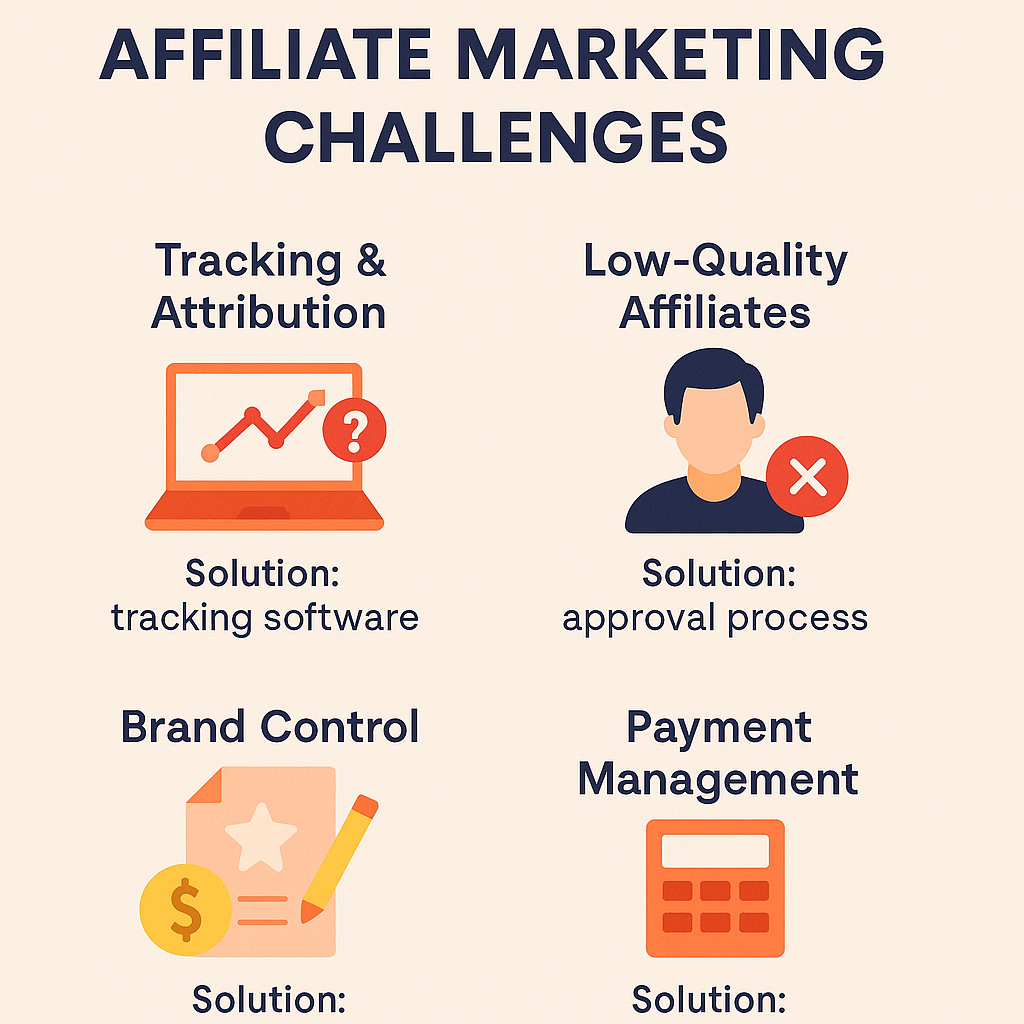
1. Tracking and Attribution
With multiple devices and channels, tracking every click and conversion can get complex.
Solution: Use reliable affiliate tracking software and ensure proper cookie durations.
2. Low-Quality Affiliates
Some affiliates may prioritize volume over quality, leading to spammy content or fake clicks.
Solution: Set clear approval criteria and periodically audit affiliate activity.
3. Brand Control
Maintaining consistent brand messaging across dozens of affiliates can be challenging.
Solution: Provide clear brand guidelines and ready-to-use creative assets.
4. Payment Management
Coordinating payouts manually becomes hard as the program grows.
Solution: Automate payouts through affiliate management systems or trusted platforms.
Best Practices for Long-Term Success
- Focus on transparency: Share performance updates and upcoming campaigns with your affiliates.
- Reward loyalty: Offer exclusive commissions or early access to deals for long-time partners.
- Diversify content types: Mix reviews, tutorials, and comparisons to appeal to different buyer intents.
- Stay compliant: Always ensure affiliates disclose partnerships according to regional advertising guidelines.
- Leverage seasonality: Plan affiliate promotions around peak eCommerce periods like Q4 — Black Friday, Cyber Monday, and Christmas.
The Future of Affiliate Marketing
Affiliate marketing is rapidly evolving with technology. AI-driven analytics, creator marketplaces, and dynamic commission models are redefining how brands collaborate with affiliates.
In 2025 and beyond, the line between influencer marketing and affiliate marketing will blur further — giving rise to a new hybrid model where content and commerce co-exist seamlessly.
Brands that treat affiliates as creative partners — not just traffic sources — will be the ones that stand out.
Final Takeaway
Affiliate marketing is no longer a “side tactic.” It’s a full-fledged growth engine for both brands and creators.
By focusing on transparency, strong relationships, and performance-based rewards, anyone — from small businesses to global creators — can harness affiliate marketing to build trust, drive conversions, and grow sustainably.
In a digital economy built on connection, collaboration is your most powerful currency.
